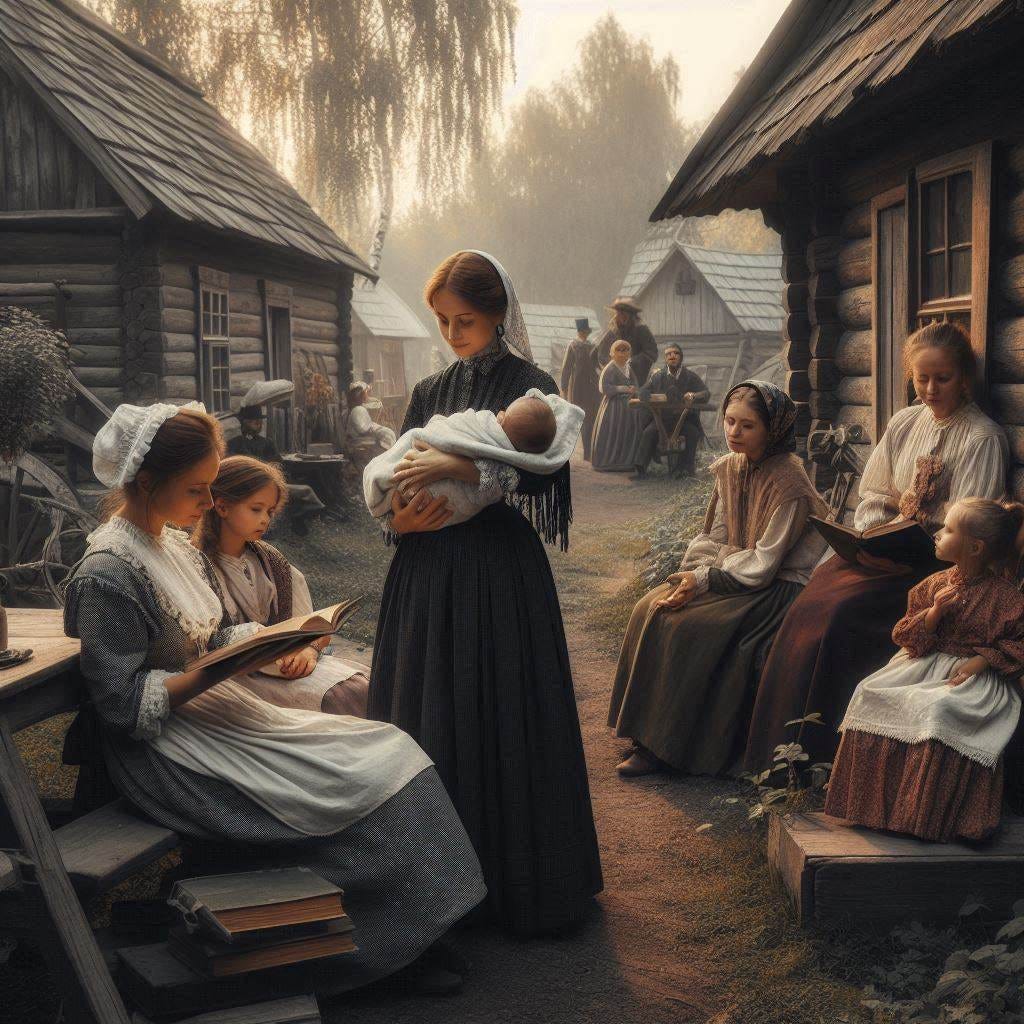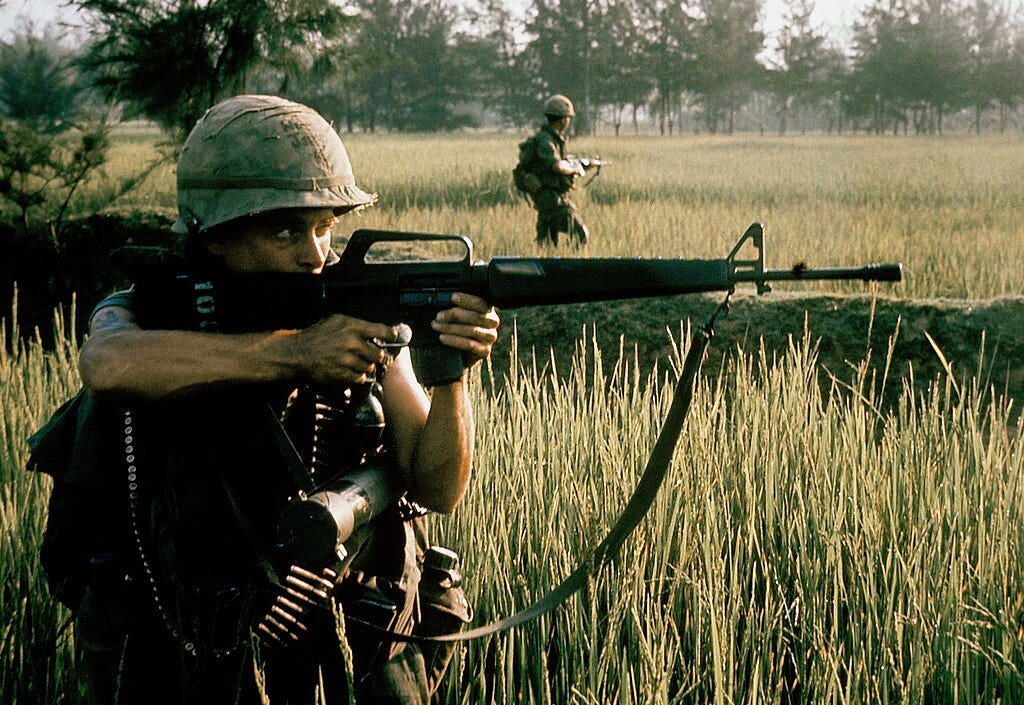1850 — “The Scarlet Letter” Published
image generated using Bing Image Creator
Nathaniel Hawthorne (1804-1864) published one of the most enduring American novels, The Scarlet Letter, on this date in 1850. It is still read 175 years later.
Hawthorne was a native of Salem, Massachusetts (famous for its witch trials). While living in Concord, Massachusetts, Hawthorne was friendly with Amos Bronson Alcott (1799-1888), father of writer Louisa May Alcott (1832-1888), who wrote “Little Women” in 1868, among other books); poet/essayist/philosopher Ralph Waldo Emerson (1803-1882); and Henry David Thoreau (1817-1862), who wrote “Walden” in 1854.
Questions: What caused Hawthorne to write “The Scarlet Letter”? Where did the idea come from? Who were the Transcendentalists? Was Hawthorne one of them? How much has society changed since 1850? Are there any figurative “scarlet letters” today?
1968 — Mỹ Lai Massacre
public domain images from wikimedia commons: photograph above, image from diorama at the My Lai Massacre Memorial site below
On this date in 1968, an American platoon killed 504 civilians in a small Vietnamese village of Mỹ Lai (pronounced “Me Lie”).
The soldiers had been told by their commanders that anyone found in Mỹ Lai were to be considered enemy (VC, or Viet Cong) soldiers or sympathizers. Nevertheless, those found in the village were not guerilla VC, but women, children, and old men.
To make matters worse, some of the attacking Americans raped and tortured the villagers before massacring them, dragging children and babies into ditches and executing them without mercy.
The dastardly deed was covered up by higher-ups, but the facts were revealed when investigative reporter Seymour Hersh (born 1937) got to the bottom of the events and brought them to light.
Former Vietnam soldier Ronald Ridenhour (1946-1998) was also instrumental in exposing the perpetrators when he gathered information from those who knew about the event and sent a letter to thirty members of Congress, Chairman of the Joint Chiefs of Staff, and to President Nixon (1913-1994) detailing the atrocities which — although most recipients of his letter ignored it — eventually led to the matter being fully investigated. Ridenhour went on to become an investigative journalist.
Other even more heroic figures in the story were helicopter pilot Hugh Thompson (1943-2006), who landed his chopper between the troops and the fleeing villagers to prevent further slaughter, and his crewmates Glenn Andreotta (1947-1968) and Lawrence Colburn (1949-2016). They helped many of the villagers escape, flying them to safety. Thompson had even ordered his men to fire upon any (American) soldiers who attempted to kill those he was attempting to rescue. Thompson later compared the infantryman he witnessed carry out this massacre to Nazis.
Many soldiers took part in the atrocity, but the only one to be convicted was Lieutenant William Calley (1943-2024), who was first sentenced to life in prison for killing 22 citizens; his sentence was subsequently reduced to 20 years, then ten, until finally he was released after about three.
Questions: What happened to Hugh Thompson? What has Seymour Hersh’s career path been since breaking the My Lai story? How many other similar massacres were there during the Vietnam War?









